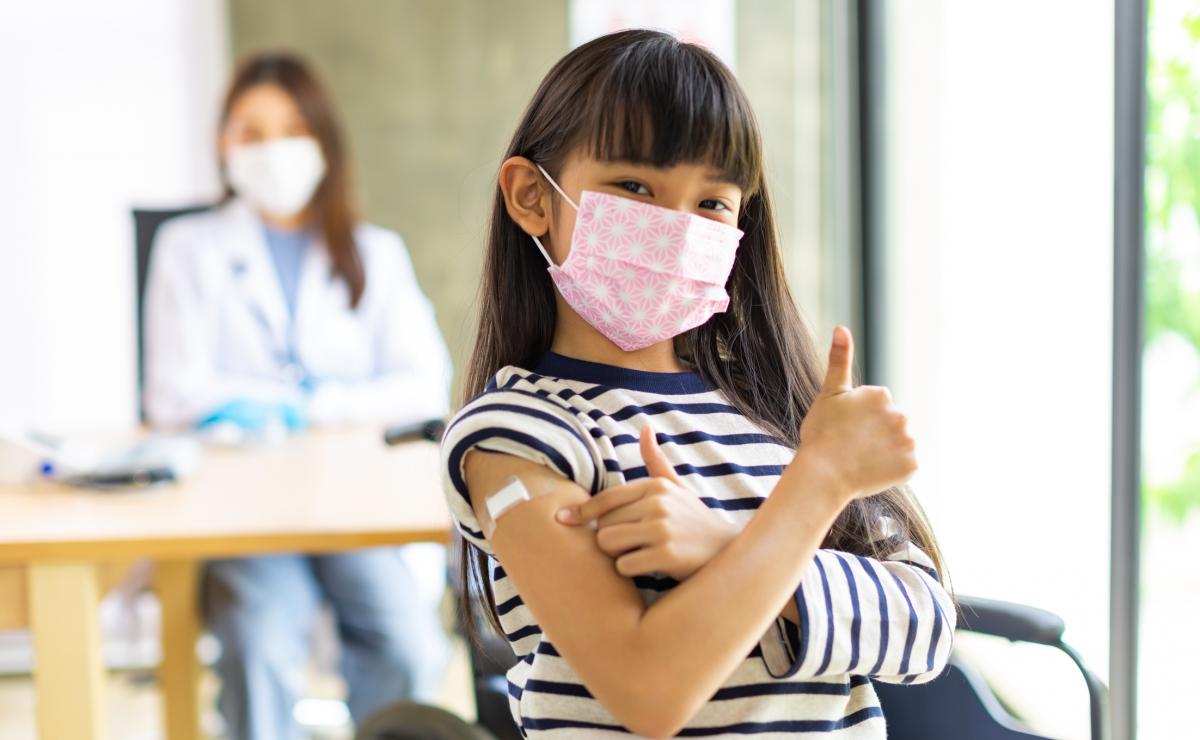Vaccines. Most of us have heard more about vaccines in the past two and a half years than in our entire lives prior to 2020. Before COVID-19, most of us were happy to have the idea of vaccines tucked securely at the back of our minds, forgotten unless we were due for a booster, stepped on a nail or were planning on a vacation. The global pandemic thrust vaccines to the forefront of our day-to-day conversations. And for good reason.
The incredible speed at which the global scientific community developed and delivered a range of vaccines to help combat the virus has been nothing short of miraculous. These COVID vaccines have given us a real fighting chance against the worst outcomes of a virus that quickly became a real threat to individual, community and global good health.
At times, the discussion around the COVID vaccines (and others) has been controversial. Yet, the science is clear: vaccines are one of the foundational tools to protect the public against preventable illnesses. How? Here’s an explanation from Immunize Canada:
Vaccines work because they trick your body into thinking it is being attacked by the actual disease, so it produces antibodies to protect you. The virus or bacteria in a vaccine won’t make you sick; instead, the vaccine prepares your body with a defense (antibodies) that protects against the disease and the potential complications that can be caused by that disease …
Want an example? Let’s talk polio.
Polio is a great example of the success stories of vaccines. Like many other vaccine-preventable diseases, your risk of polio is directly related to your vaccine status.
You might remember that over the summer months, several jurisdictions reported the detection of the polio vaccine in their wastewater (one indicator that the virus is circulating).
According to the Government of Canada, polio is:
The poliovirus can infect the nervous system, including the brain, spine and nerves. This can result in paralysis which can be partial or full, and can occur in approximately 1 in 200 cases. The paralysis can lead to permanent disability and even death.
 Image: A nurse is with young polio patients at the University Hospital in Edmonton, Alta. Source: Library and Archives Canada.
Image: A nurse is with young polio patients at the University Hospital in Edmonton, Alta. Source: Library and Archives Canada.
Before the mid-1950s, polio caused great consequences and fear for the health of children because there were no preventative measures against the virus. But, once the vaccine was widely available and administered in North America, the threat of polio dropped dramatically. Canada has been polio free since 1994.
Because the widespread distribution and success of the polio vaccine, the polio scare of this summer rose and fell with very little spread and negative impact. We routinely vaccinate (most) children against polio in early childhood which creates robust societal protection against the virus in people of all ages.
What can Polio tell us about the COVID-19 vaccines? We know COVID will be with us for the foreseeable future. And, while the current vaccines don’t offer us the same level of protection as the polio vaccines do against that virus, they are helping to mitigate the worst outcomes – severe illness and death. While cases may rise and fall and new variants may change the landscape somewhat, vaccines are the foundational tool to let us continue to move toward more normalcy and continue to protect ourselves, our loved ones and our community.
COVID-19 vaccines have joined the toolkit of vaccines that help keep all of us in Ontario safe. Provincially, we have a routine immunization schedule that provides a guide on when we should be vaccinated against vaccine-preventable diseases.
Immunization is one of the key tools to protect both the individual and community health of Wellington-Dufferin-Guelph. As we go into the fall and winter months, vaccines – whether it’s your COVID booster, your flu shot or a shot on the routine immunization schedule – are as important as ever.

Make sure you’re up to date. You can also use the Immunization Connect (ICON) system to update and track your vaccination status.
